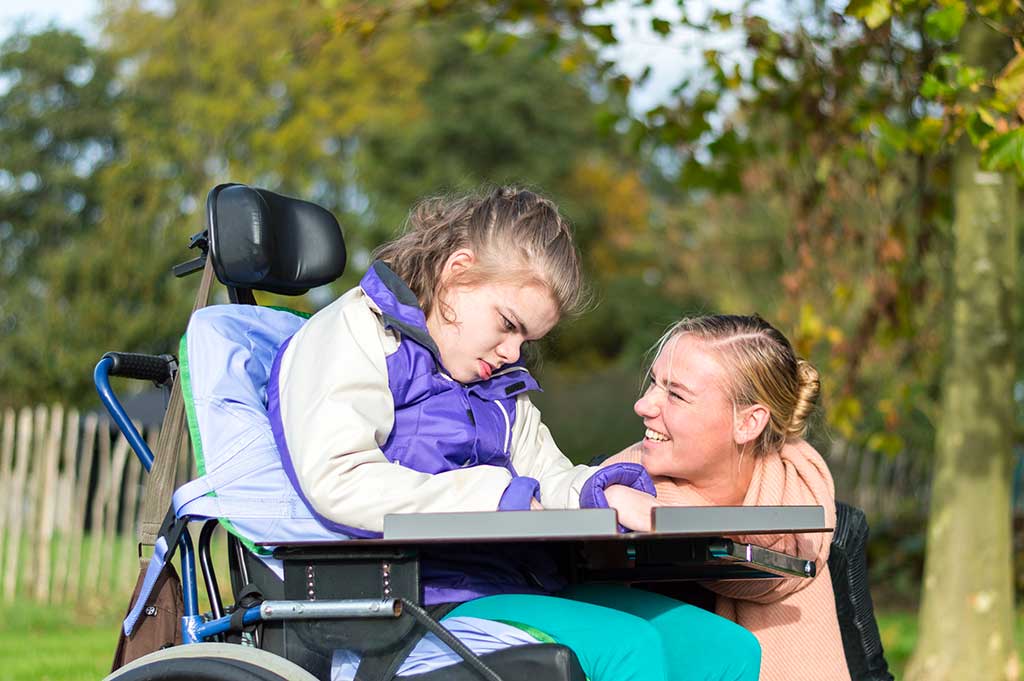Accueil » Pourquoi choisir artaban ? » Qui sommes-nous ?
Qui sommes-nous ?
Crée en 1981, sous le nom de CIASFPA, aujourd’hui nous parlons d’artaban : fruit de la fusion entre le SAAD APF France Handicap et le SAAD du CIASFPA (Centre Intercommunal d’Action Sociale en Faveur des Personnes Âgées). La fusion de ces deux structures, c’est 695 salariés qui interviennent quotidiennement auprès de plus de 2 000 personnes accompagnées âgées, en situation de handicap ou empêchées provisoirement.

Services Autonomie à Domicile
Chez artaban, nous défendons le choix de vivre chez soi : les personnes accompagnées souhaitent vivre chez elles, sortir et planifier leur quotidien selon leurs propres envies. Nous croyons fermement qu’il s’agit d’un droit fondamental.
Personnes en situation de handicap, âgées, empêchées provisoirement, nous accompagnons tous les publics : les plus fragiles, les plus entourés, les plus actifs, les plus enthousiastes, les plus isolés, …
Notre association artaban répond à l’ensemble des besoins du quotidien en proposant les services et prestations nécessaires mais aussi les soins indispensables au maintien de l’autonomie à domicile des personnes âgées et des personnes en situation de handicap.
Nos objectifs dans le domaine du sanitaire et du médico-social :
- Assurer le maintien des personnes âgées et des personnes en situation de handicap dans leur milieu de vie quotidien.
- Proposer toutes sortes d’aides variées au domicile des personnes âgées, des personnes handicapées ou en perte d’autonomie temporaire.
- Apporter la prestation de services aux personnes et familles à leur domicile et en tout autre lieu, en leur apportant une aide dans l’accomplissement des tâches et activités de la vie quotidienne, leur permettant ainsi de subvenir à leur besoin de suppléance d’accompagnement, d’entretien.
Nous favorisons le maintien à domicile
Un service autonomie domicile a pour mission principale de permettre aux personnes âgées de vivre de manière autonome et sécurisée dans leur propre domicile le plus longtemps possible. Chez artaban, nos services offrent un large éventail de prestations pour répondre aux besoins spécifiques de chaque personne accompagnée tels que :
- Assistance personnelle à la vie quotidienne
- Aide aux tâches ménagères
- Activités sociales et de loisirs
- Surveillance et sécurité
- Transport
- Coordination des aides à domicile
- Soutien émotionnel
- Évaluation des besoins
Les services d’autonomie domicile sont conçus pour améliorer la qualité de vie des personnes âgées tout en préservant leur dignité et leur autonomie. Ils contribuent également à soulager les familles en offrant un soutien professionnel pour la prise en charge de leurs proches à domicile.
Nous promouvons la bientraitance
Chez artaban, nous promouvons tout particulièrement la bientraitance.
La bientraitance des personnes âgées et handicapées fait référence à une approche éthique et humaniste visant à garantir le respect, la dignité, le bien-être et la qualité de vie des personnes âgées. Il s’agit de s’assurer que les personnes âgées reçoivent des soins et un traitement respectueux, empreints de considération et d’attention, quel que soit leur état de santé, leur autonomie ou leur niveau de dépendance.
Chez artaban, nous respectons les principes clés de la bientraitant tels que :
- Le respect de la dignité
- La non-discrimination
- Le consentement éclairé
- La qualité des prestations
- La communication
- La participation
- Le soutien social
- La formation et la sensibilisation
La bientraitance des personnes âgées et handicapées vise à assurer une évolution digne, épanouissante et de qualité, en mettant l’accent sur leurs droits fondamentaux et leur bien-être.
Comment ça marche ?
“Je suis en confiance ”
